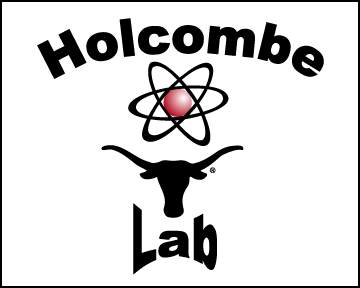Ram Kannappan
Personal Information
I'm originally from Texas, but I also grew up in Maryland and Tennessee.
I went to high school in Houston, and came to Texas for my undergrad in Chemical
Engineering. I finished in Fall 2001 and started grad school in Environmental
and Water Resources Engineering at UT the next year. I'm in my 4th year
of graduate school, and I'm working under Dr.
Lynn Katz in Civil Engineering and Dr.
James Holcombe in Chemistry.
Current Research
My current research involves using redox active biopolymers to remove hazardous metals from water. Heavy metal contamination is a notable environmental concern because even very small amounts of certain metals have human health effects. Metals also represent a recirculating problem because they cannot be broken down like organics. These metals must be removed to meet drinking water and wastewater discharge standards. Many existing treatment processes move the metals from one waste stream to another more concentrated, but harder to treat waste stream.
As part of an effort to improve on existing metals removal, our research group has studied metal binding peptides. Several biopolymers consisting of small amino acid chains, such as poly-L-cysteine, have shown good binding capacity for various metals in addition to specificity for certain metals. Cysteine is redox active and can be oxidized or reduced to modify binding capacity. Placing the peptide on to an electrically conductive substrate allows for change of binding capacity by application of a potential to the substrate. A system which takes advantage of this electrically activated binding switch can be used to remediate a waste stream and then release the contaminants on demand without the need for additional chemicals, unlike ion exchange. I am specifically looking at how this Electronically Switchable Ion Exchange (ESIE) process scales to practical size. Several engineering constraints such as power usage, service lifetime, treatment effectiveness, and ultimately cost factor into the feasibility of the ESIE system in practice. My work has involved testing materials, designing a reactor, and trying to optimize various aspect of the system.
Contact Information
The University of Texas at Austin
Department of Civil, Architectural, and Environmental Engineering
1 University Station C1786
Austin TX 78712
Phone (512) 475-8743
Fax (512) 471 0985
Email ramk@mail.utexas.edu
